#gary hitchcock
Text
youtube
The 4 Skins - Plastic Gangster
#the 4 skins#plastic gangster#gary hitchcock#hoxton tom#john jacobs#pete abbot#panther#oi!#street punk#punk#punk rock#the good the bad and the 4 skins#1982#Youtube
3 notes
·
View notes
Text


Gary Pullin has released Psycho and Psycho II posters. Priced at $50, each 18x24 giclee print is limited to 50.
#psycho#psycho ii#anthony perkins#norman bates#alfred hitchcock#psycho 2#gary pullin#art#gift#horror#richard franklin#vera miles#janet leigh#marion crane#robert bloch
24 notes
·
View notes
Text
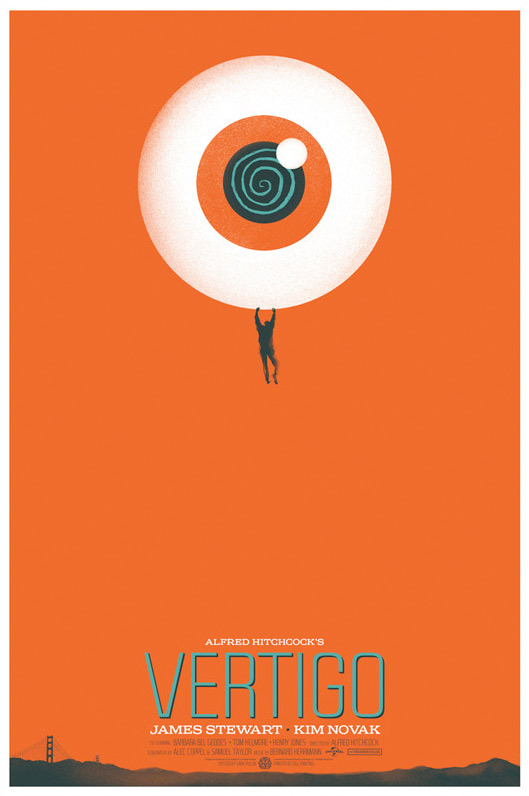

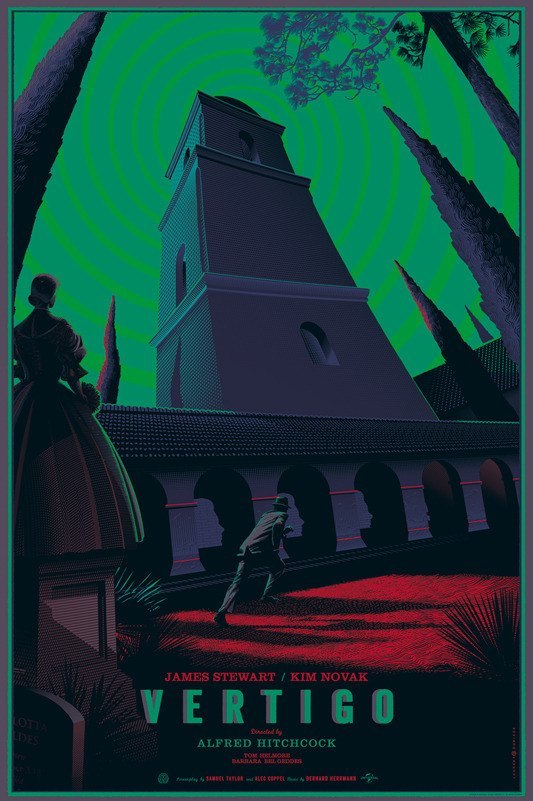




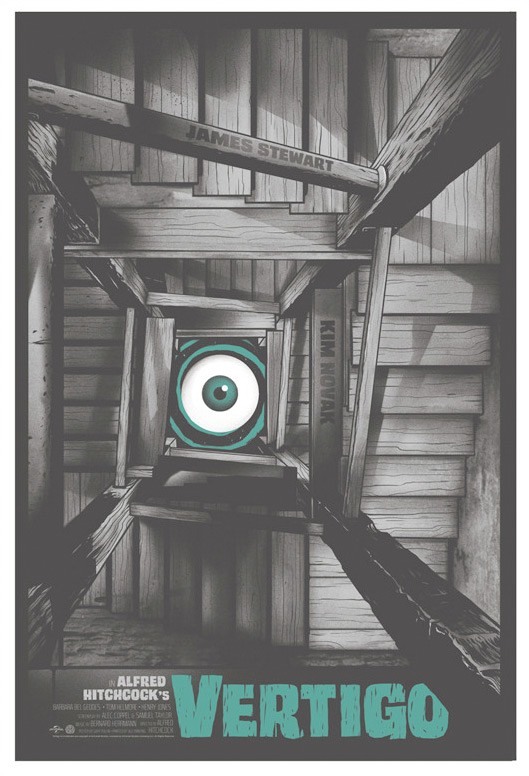

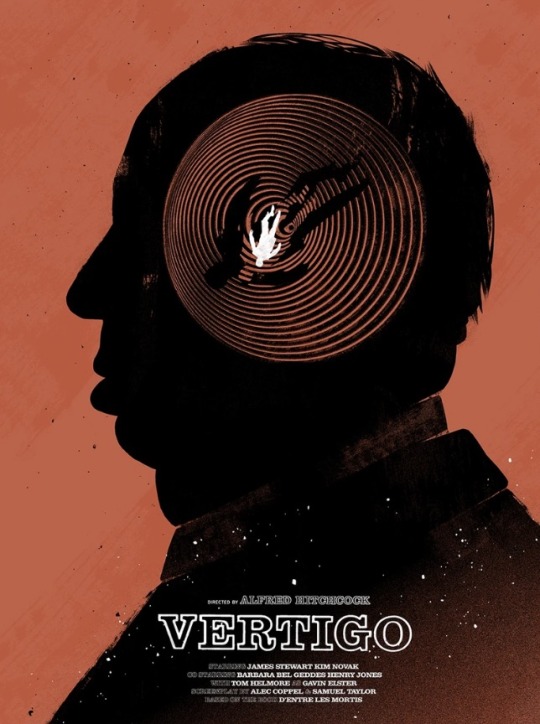
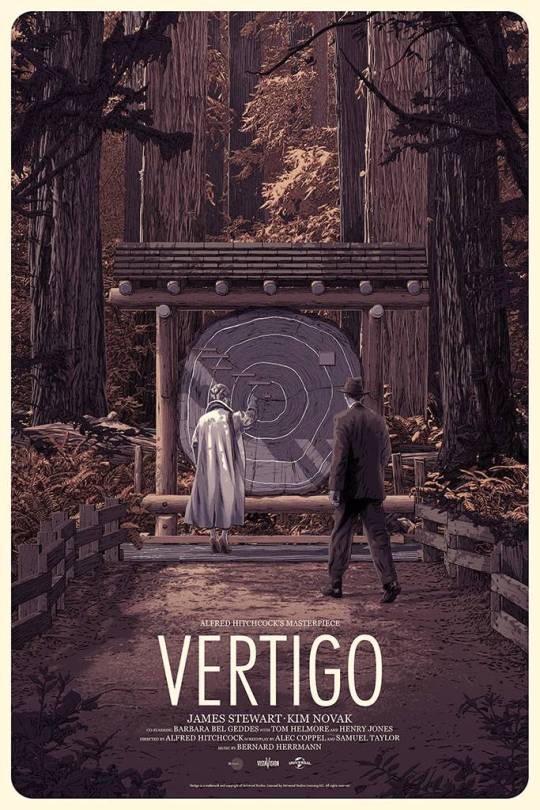
VERTIGO (1958) - AMP: ALTERNATIVE MOVIE POSTERS (Part 9/10)
One of the most colorful movie ever filmed and my favorite Alfred Hitchcock movie is without a doubt Vertigo. That masterpiece also inspired tens of designers/Artists in the last 12 years who each added a new visual twist on the AMP / limited edition prints gathered above (Click on each image for details).
Director: Alfred Hitchcock
Actors: James Stewart, Kim Novak
ALL OUR AMP / Limited edition prints ARE HERE
If you like this entry, check the other 9 parts of this week’s Blog as well as our Blog Archives
All our NEW POSTERS are here
All our ON SALE posters are here
The posters above courtesy of ILLUSTRACTION GALLERY
#illustraction gallery#illustraction#Vertigo#alfred hitchcock#james stewart#Kim Novak#1958#movies#movie poster#film#vintage#AMP#Alternative Movie Poster#limited edition print#Mondo#laurent Durieux#Matthew woodson#Paul Mann#David O'Daniel#Thomas Danthony#Dave Hunter#Ghoulish Gary Pullin#Kevin Tong
21 notes
·
View notes
Text

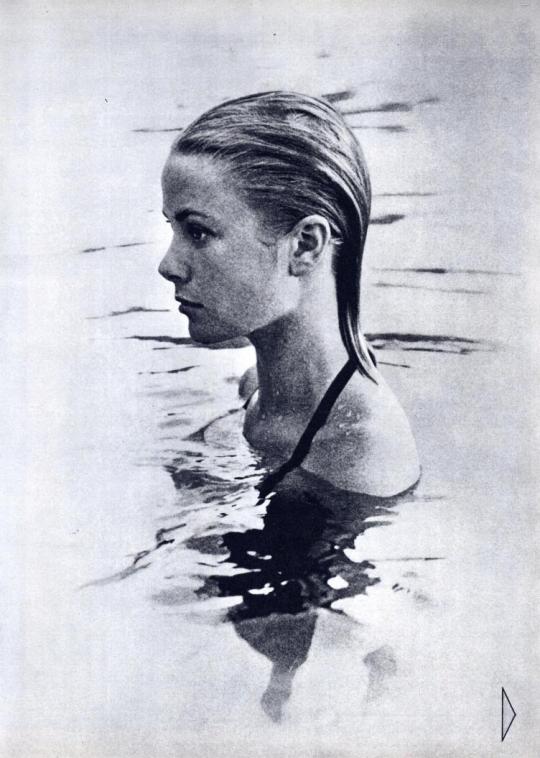



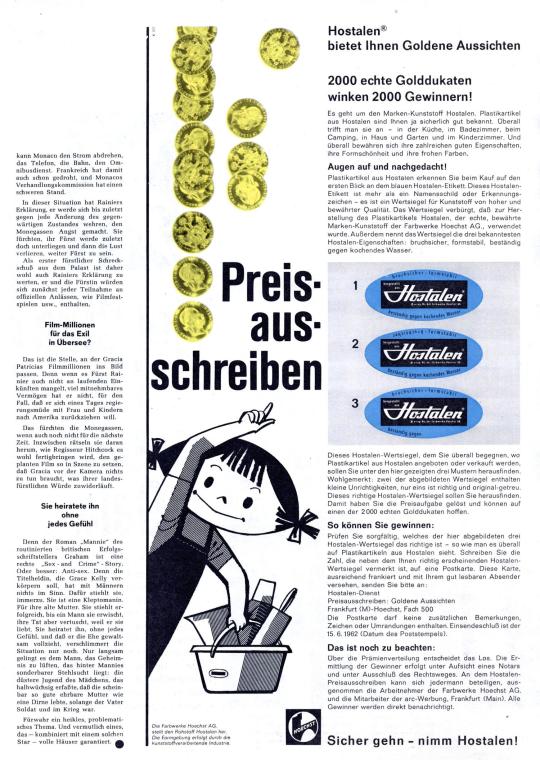
Stern (April 15, 1962)
#grace kelly#princess grace#prince rainier#grace and rainier#alfred hitchcock#william holden#jimmy stewart#cary grant#gary cooper#howell conant
29 notes
·
View notes
Text
Robyn Hitchcock - Are 'Friend' Electric? (2003)
Robyn Hitchcock has always had a way with covers - this was recorded with multi-instrumentalist Terry Edwards for a collection called Terry Edwards Presents... Queer Street - No Fish Is Too Weird For Her Aquarium Vol. III
#Robyn Hitchcock#Are Friends Electric?#Gary Numan#Tubeway Army#Are 'Friends' Electric#Terry Edwards Presents... Queer Street - No Fish Is Too Weird For Her Aquarium Vol. III#Terry Edwards
50 notes
·
View notes
Text



8 notes
·
View notes
Text


— 2001: A Space Odyssey (1968), dirigida por Stanley Kubrick. — Barbie (2023), dirigida por Greta Gerwig.
#barbie#barbieland#margot robbie#ryan gosling#2023#feminism#alfred hitchcock#movie#reference#screencap#screenshot#ken#2001 a space odyssey#stanley kubrick#1968#science fiction#adventure#david bowman#frank poole#gary lockwood#keir dullea#mattel
5 notes
·
View notes
Text


Classic Hollywood movies have a special charm for me. The acting, the actors, and the craftsmanship are simply from another world. After recently watching Vertigo again, I started looking for more material. I found these in Darmstadt (Shop: Come Back).
What I definitely want to take a closer look at are the old detective movies, where, in a slightly clichéd way, a private detective is hired by a beautiful woman and his life changes abruptly as he gets pulled into a whirlwind of wild events. It's a somewhat distorted idea, but I know that several such films exist, especially in the noir-crime genre. As a child, I watched these kinds of films often, but of course, I didn't note down the actors' names or even the titles because I was simply too fascinated.
Sometimes I wish films would still fascinate me like that today, but they just don't. Movie theaters have become places for mass processing of viewers, lacking charm and spirit. Going to the cinema has lost its sense of adventure for me and has become a triviality, which of course is also due to the films that just don't evoke the same excitement anymore.
#psycho#hitchcock#alfred hitchcock#hitchcockmovies#gary grant#bates hotel#suspense#mystery#thriller#classic hollywood
0 notes
Text
Artistic Influences
Who are the biggest influences in your life?
In the random patchwork quilt of my creative journey, the threads of influence are woven from diverse sources that have shaped my perspective and fueled my artistic passion. Among these influential figures are Gary Vee, Banksy, Alfred Hitchcock, Salvador Dali, the Pixies and Talking Heads. Each one has contributed a unique hue to the canvas of my…

View On WordPress
#Banksy#creative influences#dailyprompt#dailyprompt-2162#Gary Vaynerchuk#Hitchcock#influence#talking heads#the pixies
0 notes
Note
I'm making a playlist of songs with titles that are/include names of the vintage hotties (e.g. Bette Davis Eyes), and I was hoping I could crowdsource suggestions I might have missed! Happy to link what I have so far, but I can't remember if tumblr asks block links these day.
This is an amazing idea! Please send me the playlist link. (Tumblr is weird about links but if you throw a couple spaces into the url Tumblr won't know it's a link and I'll be able to figure it out.)
Off the bat:
Dorothy Dandridge Eyes (Janelle Monae)
Grace Kelly (MIKA)
Bela Lugosi's Dead (Bauhaus)
Errol Flynn (Dogs D'Amour)
Ingrid Bergman (Billy Brag)
And if you expand past having hotties in the title to just old Hollywood mentions and references, you have:
Vogue (Madonna, name-drops several stars)
Puttin' on the Ritz (many versions, name-drops Gary Cooper)
Thriller (Michael Jackson, Vincent Price cameo)
Year of the Cat (Al Stevens, references Casablanca, Bogart and Lorre)
Bad Romance (Lady Gaga—I know I know but she mentions several Hitchcock movies on purpose)
126 notes
·
View notes
Text
No one asked for this but I must do what I was born to do for my people.
MERC MOVIE GENRE FAVS + do they cry at movies?

[ Semi/Partial Historical, 1930’s - 1950’s movie picks! ]
Medic - documentary type, specifically medical/horror + no he’s too busy smiling ear to ear. His favorite film is Panic in the Streets! He will not explain why or where his enjoyment lies. (He just likes projecting on doctor characters.)
Heavy - action movies! ESPECIALLY BIG GUN. loves big gun. Someone pulls out a Tommy gun in the movie and he is now whispering quietly about the model, and it’s cons and pros while telling you the casing size and its rpm for 10 min + maybe a little bit. he won’t say anything if no one else says anything.
Pyro - Hates movies. Sitting still? No colors? No fire? He would just be bored. And a bored pyro is a Dangerous thing. - you looked away and the theater is on fire and everyone’s being evacuated. So that’s a no.
Scout - drama/comedy or just comedy, would have loved american pie with his heart and soul. Favorite movie is Monkey Business - yes, refuses to acknowledge it, will probably rat someone out so he’s not alone if he was asked about it.
Demo - commentary about society/drama movies. Favorite films are The Grapes Of Wrath, Boom Town, Gone with the Wind - YES, but that’s because he’s got his flask shoved down his throat. He will be kicked out before anything sad even happens. But the movies where he does get to finish them through? Oh hes talking about them for years down the line.
Soldier- war films and anti war films. Exclusively. Favorite film is A Matter of Life And Death. - pretty much but the only way he can cry is fully standing at attention in a salute. He needs to sit in the back or he will get kicked out.
Spy - ironically, I think he hates romance movies. They made him dream for something more. A better life where love wasn’t hard to stay with. Favorite film is obviously Casablanca. - no but he would brood and that’s worse.
Sniper - slow detective movies. Favorite director is Alfred Hitchcock. It’s partially do to his name alone. - no, he just thinks he’s too cool for it. (Cries about sad movie scene when he gets home, thinks the scene over 20 times, over analyzing it)
Engineer - westerns. This isn’t a surprise. ANYTHING with Gary Cooper in it. - very much no, but because he expresses himself too much for it to build up. the guy that talks the whole movie, and gasps when something happens. Not to the whole theater but at least 2 rows all hate him at any given time.
#tf2 mercs#tf2 engineer#tf2 scout#tf2 spy#tf2 heavy#tf2 pyro#tf2 demoman#tf2 medic#tf2 soldier#tf2 sniper#tf2 shitpost#team fortress 2 headcanons#I love them all.
37 notes
·
View notes
Photo
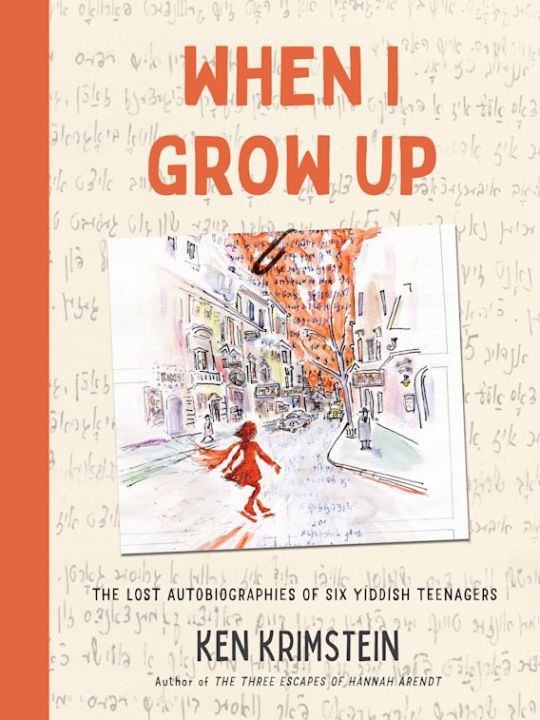

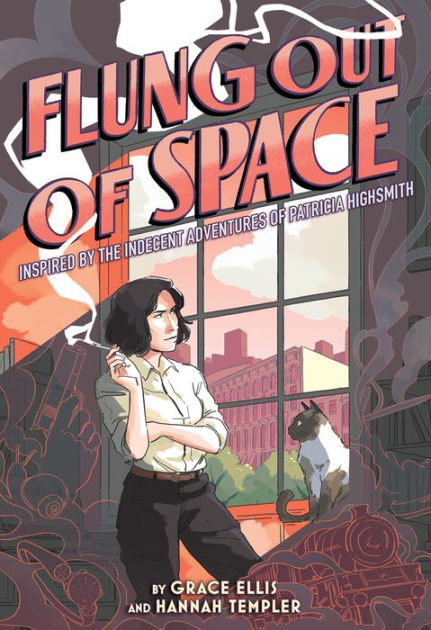

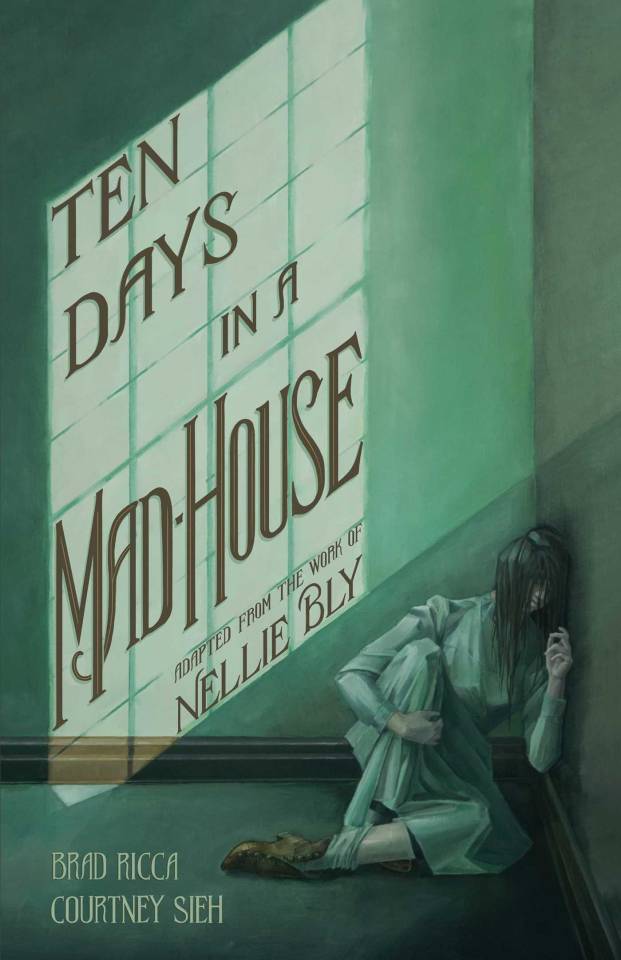

Favourite Non-Fiction / Bio Graphic Novels of 2022
When I Grow Up: The Lost Autobiographies of Six Yiddish Teenagers
by Ken Krimstein
When I Grow Up is New Yorker cartoonist Ken Krimstein’s new graphic nonfiction book, based on six of hundreds of newly discovered, never-before-published autobiographies of Eastern European Jewish teens on the brink of WWII—found in 2017 hidden in a Lithuanian church cellar.
These autobiographies, long thought destroyed by the Nazis, were written as entries for three competitions held in Eastern Europe in the 1930s, just before the horror of the Holocaust forever altered the lives of the young people who wrote them.
In When I Grow Up, Krimstein shows us the stories of these six young men and women in riveting, almost cinematic narratives, full of humor, yearning, ambition, and all the angst of the teenage years. It’s as if half a dozen new Anne Frank stories have suddenly come to light, framed by the dramatic story of the documents’ rediscovery.
Beautifully illustrated, heart-wrenching, and bursting with life, When I Grow Up reveals how the tragedy that is about to befall these young people could easily happen again, to any of us, if we don’t learn to listen to the voices from the past.
Finding Joy by Gary Andrews
When his wife, Joy, died very suddenly, a daily drawing became the way Gary Andrews dealt with his grief. From learning how to juggle his kids' playdates and single-handedly organising Christmas, to getting used to the empty side of the bed, Gary's honest and often hilarious illustrations have touched the hearts of thousands on social media. Finding Joy is the story of how one family learned to live again after tragedy.
Flung Out of Space by Grace Ellis & Hannah Templer
A fictional and complex portrait of bestselling author Patricia Highsmith caught up in the longing that would inspire her queer classic, The Price of Salt
Flung Out of Space is both a love letter to the essential lesbian novel, The Price of Salt, and an examination of its notorious author, Patricia Highsmith. Veteran comics creators Grace Ellis and Hannah Templer have teamed up to tell this story through Highsmith’s eyes—reimagining the events that inspired her to write the story that would become a foundational piece of queer literature.
Flung Out of Space opens with Pat begrudgingly writing low-brow comics. A drinker, a smoker, and a hater of life, Pat knows she can do better. Her brain churns with images of the great novel she could and should be writing—what will eventually be Strangers on a Train— which would later be adapted into a classic film by Alfred Hitchcock in 1951.
At the same time, Pat, a lesbian consumed with self-loathing, is in and out of conversion therapy, leaving a trail of sexual conquests and broken hearts in her wake. However, one of those very affairs and a chance encounter in a department store give Pat the idea for her soon-to-be beloved tale of homosexual love that was the first of its kind—it gave the lesbian protagonists a happy ending.
This is not just the story behind a classic queer book, but of a queer artist who was deeply flawed. It’s a comic about what it was like to write comics in the 1950s, but also about what it means to be a writer at any time in history, struggling to find your voice.
Author Grace Ellis contextualizes Patricia Highsmith as both an unintentional queer icon and a figure whose problematic views and noted anti-Semitism have cemented her controversial legacy. Highsmith’s life imitated her art with results as devastating as the plot twists that brought her fame and fortune.
My Brain is Different: Stories of ADHD and Other Developmental Disorders by MONNZUSU
In this manga essay anthology, follow the true stories of nine people (including the illustrator) navigating life with developmental disorders and disabilities.
This intimate manga anthology is about the struggles and successes of individuals learning to navigate daily life with a developmental disorder. The comics follow the stories of nine people, including: a junior high dropout finding an alternate path to education; a former "troublesome" child helping kids at a support school; a so-called problem child realizing the beauty of his own unique quirks; and a man falling in love with the world with the help of a new medication. This book illustrates the anxieties and triumphs of people living in a world not quite built with them in mind.
Ten Days in a Mad-House by Brad Ricca, Courtney Sieh, Nellie Bly
Beautifully adapted and rendered through piercing illustrations by acclaimed creators Brad Ricca and Courtney Sieh, Nellie Bly’s complete, true-to-life 19th-century investigation of Blackwell Asylum captures a groundbreaking moment in history and reveals a haunting and timely glimpse at the starting point for conversations on mental health.
“I said I could and I would. And I did.”
While working for Joseph Pulitzer’s newspaper in 1887, Nellie Bly began an undercover investigation into the local Women’s Lunatic Asylum on Blackwell Island. Intent on seeing what life was like on the inside, Bly fooled trained physicians into thinking she was insane—a task too easily achieved—and had herself committed. In her ten days at the asylum, Bly witnessed horrifying conditions: the food was inedible, the women were forced into labor for the staff, the nurses and doctors were cruel or indifferent, and many of the women held there had no mental disorder of any kind.
Now adapted into graphic novel form by Brad Ricca and vividly rendered with beautiful and haunting illustrations by Courtney Sieh, Bly’s bold venture is given new life and meaning. Her fearless investigation into the living conditions at the Blackwell Asylum forever changed the field of journalism. A timely reminder to take notice of forgotten populations, Ten Days in a Mad-House warns us what happens when we look away.
So Much for Love: How I Survived a Toxic Relationship by Sophie Lambda
Part memoir, part self-help book, So Much Bad For Love guides readers with honesty and humor through how to spot, cope with, and ultimately survive a romantic relationship with a malignant narcissist.
Sophie had always been cynical about love—until she meets Marcus. His affection and doting praise melt away her defenses. The beginning of their relationship was a whirlwind romance, but over time she finds herself on uneven footing. Marcus lies. He's violently angry and bewilderingly inconsistent. Yet somehow he always manages to explain away his behavior and to convince Sophie that it's all in her head. Sophie comes to realize that she's become trapped in a cycle of abuse with someone with narcissistic personality disorder.
Once she gets out of the relationship, Sophie documents the experience in this bracing, hilarious, and empathetic graphic novel that's full of advice to readers who may be in similar straits.
#book rec#book recs#comic#graphic novel#manga#autobio#biography#nonfiction#books about real people#and real people are often flawed
371 notes
·
View notes
Text

MWW Artwork of the Day (6/25/24)
James Jebusa Shannon (American/British, 1862-1923)
The Offering (c. 1897)
Oil on canvas, 91.5 x 71.1 cm.
Private Collection
"The Offering" features Shannon’s only child Kitty (1887-1974, christened Katherine Marjorie Shannon), who frequently sat to him in childhood. The crucifix, along with the halo effect of the plate against which Kitty’s profile is positioned, lend a quasi-sacred meaning to the image and reveal the influence of the artist’s association with the American painters George Hitchcock (1850-1913) and Gari Melchers (1860-1932). The painting originally showed a beautiful young woman to whom Kitty offers the vase of ranunculus (symbolising radiance). In 1983 the artist’s granddaughter explained that Shannon’s wife Florence had angrily cut down the painting, excising the figure of the woman from the composition.
10 notes
·
View notes
Text
@themousefromfantasyland @piterelizabethdevries @thealmightyemprex @the-blue-fairie @professorlehnsherr-almashy @stickypersonaearthquake
Do you know the conflict between Autheur Theory vs Art as Collaboration?
Basically, Autheur Theory began between French critics and filmmakers, as a way of analyzing the film industry: originally films were clearly a collaboration, and it was common to have more than one director on the same project until the final edit of the film was reached (Gone with the Wind and The Wizard of Oz being famous examples).
But the Autheur Theory presented and popularized the idea that, to have the same prestige as, for example, a classic novel, it is necessary to have a figure defined as "the Author of the film", and the chosen figure was the director.
And this vision became dominant from the 60s onwards, when a wave of directors grew up who exercised strong control over films, and whose names became the brand that attracted people to watch. Before, you went to watch a film expecting to be entertained by the fiction, and to see the actors and characters who were the Stars. You would go by Judy Garland, Gary Cooper, Vivien Leigh, Humphrey Bogart, Ingrid Bergman, etc. From the 60s onwards, you will see films by director Alfred Hitchcock, Stanley Kubrick, Ingmar Bergman, Federico Fellini, Martin Scorsese, Francis Ford Copolla, etc.
And there was the simplified idea that "the director is a visionary genius who is a champion against the oppression of producers and studios who care only about money." But decades passed, and after some box office failures of films made using the Autheur model (Heaven's Gate directed Michael Cimino being the most famous), the cult of Autheur began to be questioned, as it denied the fact the role of all the team collaborating to make a film, often this personality cult of the director encourages abuse practices in the name of the "vision of genius", the fact that just because the director has a style and trademarks common to his films, it does not This means that it is automatically good, just that it repeats themes and subjects, the study of the history of cinema showing that Autheur itself is also a brand to be sold, and that it is not the "great champion against the studios", but in fact, he becomes prominent because when he makes a film that is successful and the studios see that it makes a profit, the studio will support him to do what he wants in the hope of always replicating that success, and the prestige of his name is it works as marketing in the same way that the face of the Actor who is a Star works.
I bring up this discussion because I think a similar conflict applies to the American comics industry: American society is obsessed with the idea of the Great Man, the Visionary Genius. Originally, artists drew the character, and then he became part of the publishing house (Detective Comics, Fox, Timely, etc.).
Those who originally created them continued drawing for a while, then went to work on other titles, and then another artist would take care of drawing the Phantom, Mandrake, Flash Gordon, Batman, Superman, Wonder Woman, The Society of Justice of America, the Blue Beetle, Namor the Sub-Mariner, Captain America. Another artist could expand the universe and increase the lore and create a new villain, but he did not compete to erase what the previous artist had built and only establish what their idea was as "the true version".
It was the old collaboration model in which the name of the artist didn't matter, what mattered was telling a good story about those characters. Not everything was rosy, obviously: with the publisher being the owner of the character, the artists were often screwed and left in the cold. poverty. Siegel and Shuster suffered from poverty after creating Superman, and it was the fact that other cartoonists came together to demand decent pay that helped them in their old age.
But narratively, there was a focus on cohesion and collaboration.
But in the 60s, as in the film industry, things changed: the idea of control and authorship grew.
And now you had Marvel (former Timely) selling the image of Stan Lee as the creator of his entire Universe, Steve Ditko defending the view that the Artist should be considered the author of the work, names like Alan Moore, Frank Miller and John Byrne becoming stars, and it all comes back to the idea that the Author should have all the control.
And when a name and work become popular and make money, remember what companies do: they let you do whatever you want:
You are the Autheur.
And readers bought into that idea: His redesign and rewrite of Daredevil and graphic novels The Dark Knight Returns and Year One made people for decades venerate Frank Miller to the point of denying everything that came before as the "version wrong" of the characters and that Miller "fixed" them, no one heard of Swamp Thing and Miracle Man until Alan Moore's name was on the cover, no one remembers that one day Sandman was a masked guy with a sleeping gas gun before being portrayed as the embodiment of the concept of Dreams in the graphic novels of a certain accused of sexual abuse Neil Gaiman.
Now, imagine you are an artist or writer who becomes known as a star in the comic book industry, whose name becomes prestigious and helps sell the magazine, and then you are given the job of drawing an existing character.
Everyone worships you, your word is considered law, you are a genius who can do no wrong, and then you think:
"Why do I have to follow rules, because I have to think about what has already been established as a characteristic of that character, when I can use it to represent what is MY artistic VISION of what a hero SHOULD be?"
And as a result. ..comic crossover events where a bunch of characters die horribly or turn evil for no reason, weddings you've followed developing for decades erased from continuity, characters committing horrible acts without any idea on how to examine the consequences.
We, as the public, created the cult of the genius, the comics industry responded to this by thinking it was a viable economic model in which to profit, and art suffered in the process.
Recognizing the importance of collaboration is the solution to dealing with this problem.
And there are other comic industries outside the US where collaboration, rather than competition between "visions of genius", is encouraged:
In France, more people came to draw Asterix and Obelix after the passing of Gossiny and Uderzo, building the stories based on the work they established.
In Brazil, Maurício de Souza's publishing house produces both Classica Mônica and Friends and Monica's Teen Manga series magazines with several artists and scriptwriters working together as graphics novels in which individual artists reinterpret characters, but without wanting to impose their interpretation as the only correct one.
And the Japanese manga industry has the model of one or two artists working on a story with a beginning, middle and end, which allows other artists, often fans, to develop sequels or spin offs that expand or complement the previous title, without ever trying to erase what was done before.
#comics#comic books#superheroes#artistic collaboration#autheur theory#art#fandom musings#pop culture
6 notes
·
View notes
Text











Grace Kelly and the Monaco Royals, 2024 (Part 2)
18 notes
·
View notes
Text
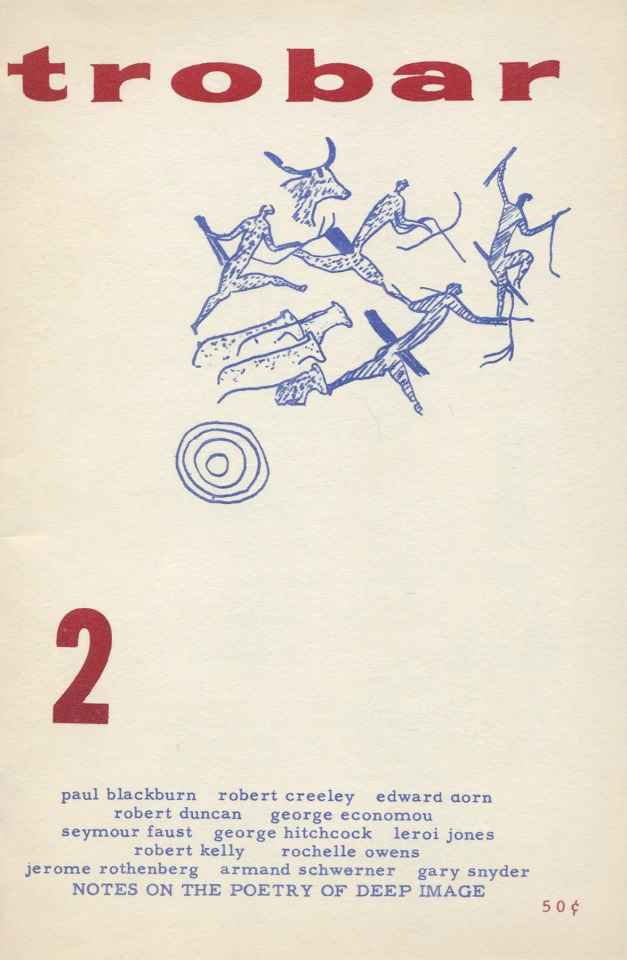
«Trobar», No. 2, Trobar, Brooklyn, NY, 1961 [Between the Covers, Gloucester City, NJ]
Contributors: Paul Blackburn, Robert Creeley, Edward Dorn, Robert Duncan, George Economou, Seymour Faust, George Hitchcock, Amiri Baraka (as LeRoi Jones), Robert Kelly, Rochelle Owens, Jerome Rothenberg, Armand Schwerner, Gary Snyder, and others
#graphic design#poetry#magazine#cover#magazine cover#trobar#deep image#paul blackburn#robert creeley#edward dorn#robert duncan#george economou#seymour faust#george hitchcock#amiri baraka#leroi jones#robert kelly#rochelle owens#jerome rothenberg#armand schwerner#gary snyder#1960s
44 notes
·
View notes